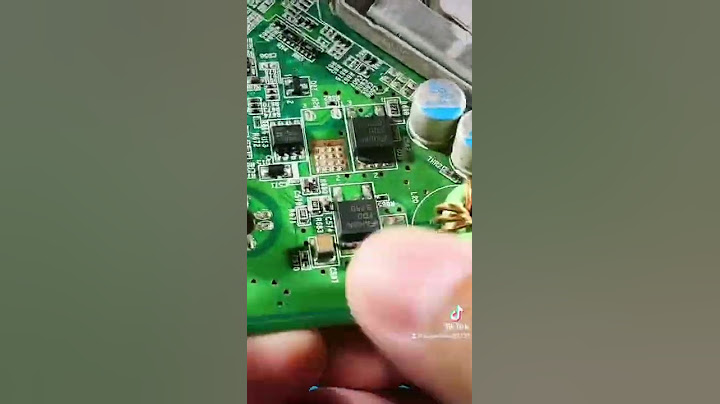What is the difference between 20-pins ATX power cables and 24-pins ATX power cables for motherboard? I see that Cooler Master Silent Pro PSU has an extensible plug, showing 20 pins + 4 pluggable pins. Since I'm having troubles with my motherboard, which has 24 pins, I tried to connect only the first 20 and the system booted up fine. I'm curious: can any ATX motherboard run with 20-pins power? Will I simply experience lower performance? asked Sep 6, 2012 at 20:14 usr-local-ΕΨΗΕΛΩΝusr-local-ΕΨΗΕΛΩΝ 4,68218 gold badges70 silver badges104 bronze badges From : You can plug a 20 pin ATX power cable into a motherboard with a 24 pin ATX connector [...] The 24 pin motherboard connector is actually just the 20 pin connector with 4 extra pins added on the end. The original 20 pins were unchanged. The extra 4 pins are not separate rails. They're just extra lines to provide more current to the same rails. [...] I've never heard of exceptions and it doesn't make sense for motherboard makers to create any. and... A 20 pin power cable only fits into one end of a 24 pin motherboard connector so you can't insert it incorrectly.  however, it appears that there is no current limiting on a 20 pin ATX PSU, as I assumed there would be... They added those extra 4 pins for a reason. When you plug a 20 pin cable into a 24 pin connector you're not providing the extra current carrying capacity which may be needed by the motherboard. If your motherboard's current requirements are low enough then it will work properly with only a 20 pin power cabled plugged in. But if the motherboard draws enough current, then you can overheat the 20 pins you're using on the 24 pin connector. I've seen enough pictures of burned ATX main connectors to assure you that this happens. [...] Connectors really do get hot if you overload them so the safest thing to do is use a real 24 pin power supply on a motherboard with a 24 pin connector. Note that your 24 pin machine may work fine with a 20 pin power supply until you add a PCI Express card later on down the road. PCI Express cards can draw up to 75 watts through the motherboard connector so adding an expansion card can substantially increase power draw through the main power cable. Lastly, as an aside: If you have an ATX power supply with a 24 pin main cable, it's okay to plug it into a motherboard with a 20 pin connector. |

กระทู้ที่เกี่ยวข้อง
การโฆษณา
ข่าวล่าสุด
ผู้มีส่วนร่วม
การโฆษณา
ผู้มีอำนาจ
การโฆษณา
ถูกกฎหมาย
ช่วย

ลิขสิทธิ์ © 2024 th.frojeostern Inc.



























